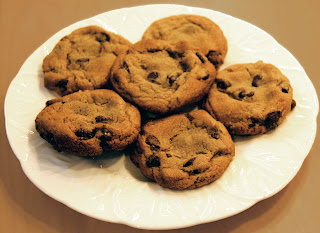Nature Detective: Eastern (Canadian) Hemlock
Eastern Hemlock Scientific Name: Tsuga canadensis
Family Name (Scientific and Common): Pinaceae
Did you know?
The Eastern hemlock is Pennsylvania's state tree!
The needles and bark have been used for medicinal purposes in folk and Native American medicines. The needles have low doses of Vitamin C and the tannins in the bark*
*please do not self diagnose. Please go to a medical professional for advice in treating any of the conditions listed below.
Needles used as a tea or tincture: Kidney ailments, rheumatism, colds, and coughs,
Bark has been used in a tea to treat colds, fevers, diarrhea, coughs, and even scurvy. It has astringent properties for skin conditions and a poultice has been used to treat wounds in wilderness first aid.
• The Eastern Hemlock is a woody tree that can live for over 800 years and be over 75' tall and 25' spread at maturity
• The bark contains tannins that were once used to process leather.
• The wood is still used to process pulp for the paper industry
• Wildlife uses it for protection, especially white-tailed deer that use it for bedding in the winter.

• Ruffed grouse will eat the needles.
• The only pest that really affects it is the woolly adelgid
Most Distinguishing Features of This Plant:
1) Leaves are small, flat, green, pointed.
2) On the underside of the leaves are two parallel white stripes. These are caused by rows of stomata.
3) The bark is brownish-grey.
3) The characteristics of Mature (Brownish) Bark: Lines Go Up-Down & Bumpy
4) Type of Leaf: Needle-Like Length of Leaf (or Leaflet): Less than Length of a Credit Card Leaf
 Color of Foliage Green
Color of Foliage GreenFlowering Season: Spring Flowers: Tightly Clustered
Type of Flower: Like a Pine Cone
Color of Flower: Yellow
Shape of Individual Flower: Bilaterally Symmetrical Size of Individual
Flower: Smaller than a Quarter
Sexuality: Male and Female on Same Plant
Size of Fruit: Smaller than a Quarter
 Dry Shape of Fruit: Spherical (cone)
Dry Shape of Fruit: Spherical (cone)Color of Fruit at Maturity: Brown or Dry Fruit
Common Name(s): Eastern Hemlock, Canada Hemlock, Hemlock Spruce Louisville Plants That Are
Most Easily Confused With: T. Caroliniana (Carolina hemlock) and the Yews
© Diane Chase is the author of the Adirondack Family Activities™ guidebook series, Adirondack Family Time™, which is available online or bookstores/museums/sporting good stores. Diane is currently working on the third guidebook in the four-book series of Adirondack Family Activities™.





Comments